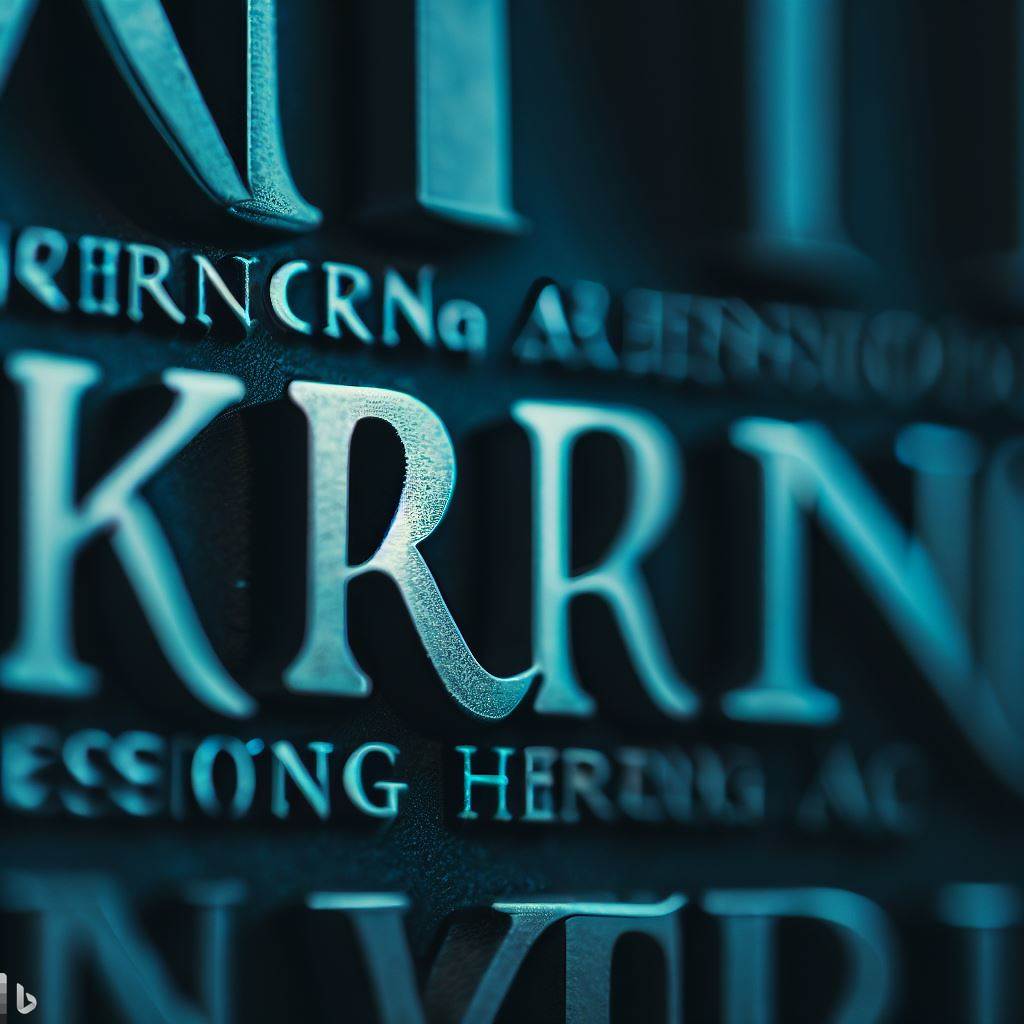When it comes to designing effective typography, every little detail counts. From choosing the right font to selecting the appropriate point size, each element contributes to the overall visual impact of the text. One of the most essential aspects of typography design is kerning.
Kerning is the process of adjusting the space between individual characters in a font to achieve a more visually pleasing and balanced look. This is particularly important when dealing with letter combinations that look awkward or unbalanced when placed next to each other. Proper kerning can enhance readability and overall aesthetic appeal, and make a significant difference in the final result.
The kerning process involves adjusting the spacing between specific pairs of letters that don’t appear visually harmonious when placed together. For example, a combination of the letters “A” and “V” might require more space between them than a combination of “H” and “E,” because the former has a diagonal stem that visually intrudes into the space of the other letter.
Proper kerning can be especially important in certain situations, such as in headlines, logos, and other high-impact text elements. In these cases, the designer needs to be particularly careful about creating balanced, visually pleasing letterforms.
There are several factors to consider when kerning, such as the font being used, the point size, and the desired visual impact. Different fonts may require different amounts of kerning, and larger point sizes often require more space between characters than smaller point sizes. Additionally, the desired visual impact of the text will also play a role in determining how much kerning is necessary.
Kerning can be done manually, either by the designer or by a dedicated kerning specialist. Many professional designers prefer to kern manually to achieve maximum control over the final result, while others may rely on automatic kerning features built into their software.
One of the best ways to develop a sense of kerning is through practice and experimentation. By experimenting with different fonts, point sizes, and combinations of letters, designers can gain a better understanding of how kerning works and how to apply it effectively.
In conclusion, kerning is a crucial element in typography design that can significantly impact the overall visual appeal and readability of the text. Proper kerning involves adjusting the space between individual characters to create a more visually pleasing and balanced look, especially in high-impact text elements such as headlines and logos. By understanding the factors that influence kerning and practicing with different fonts and letter combinations, designers can develop a keen eye for kerning and create typography that is both effective and visually appealing.

